Narendra Modi has been sworn in as India’s prime minister for the second time. He is back in control in New Delhi with a powerful mandate and has included heavy-weight BJP leaders in his cabinet. Modi 2.0 is a much-strengthened force than 2014 going by the fact that it won 303 seats in the parliamentary polls, held recently, out of 542 Lok Sabha (Lower House) seats. The opposition Indian National Congress (INC) has been reduced to virtually being an insignificant one.
The fact that Congress President Rahul Gandhi himself lost his stronghold in Amethi constituency, Uttar Pradesh, against Smriti Irani, a firebrand BJP face, has relegated dynastic politics in India to the backburner. Since Modi has now inducted BJP President Amit Shah, his trusted aide, as the home minister in the new cabinet, Modi’s will be a no-nonsense administration – one that will be focused on delivery but aggressive in nature.
Jaishankar will now have to be either nominated to the Rajya Sabha (Upper House) or elected to one of the houses of parliament. This appointment is a case in point. He was one of the key officials to have contributed to Modi’s foreign policy formulation and execution since 2014.
Significantly, Modi has got former foreign secretary Dr. S. Jaishankar to drive the Ministry of External Affairs within 16 months of his retirement. This is the first time that a non-political career diplomat has been given cabinet rank. In 1984 Natwar Singh, the first IFS officer to become foreign minister in India, had resigned from the service to join INC to contest elections. Jaishankar will now have to be either nominated to the Rajya Sabha (Upper House) or elected to one of the houses of parliament. This appointment is a case in point. He was one of the key officials to have contributed to Modi’s foreign policy formulation and execution since 2014. It is widely known that Jaishankar enjoys Modi’s confidence and his inclusion in the cabinet committee on security now will surely add strategic depth in formulating a robust foreign policy of India, especially in its relation with the US and China, both where Jaishankar served as Indian envoy.
India has been pressing trade issues with the US whereas with China it has border problems. It is widely believed in Indian media and civil society circles that Jaishankar can steer closer cooperation with both these countries. In addition, his approach fits well within Modi’s desire to push for aggressive diplomacy in order to leverage India as an emerging power with influence and visibility. His elevation has brought back the Modi-Ajit Doval (National Security Advisor)-Jaishankar troika back in the center of foreign policy in India just like they worked together in first Modi government to forge, for instance, closer ties with the US and settle the military standoff with China at Doklam.
The last-minute intervention made by India by sending Jaishankar as PM’s special representative to press for a more inclusive constitution (just a few days before constitution adoption) came too late.
The trio dynamic will be significant for Nepal, yet once again. To see how India-Nepal relation will now move ahead, it is vital to look back. What were India’s concerns in Nepal before and after the Constitution making process? When Modi visited Nepal in 2014 (after a gap of 17 years for an Indian PM), there was a massive public fervor in his support. He was accorded a roaring welcome. During the devastating earthquake in Nepal in April 2015, India responded with immediate support in rescue and rehabilitation, thereby making inroads into the hearts of the Nepali populace.
Unfortunately, gains were soon squandered away as India got embroiled in the constitution making process in Nepal and threw its weight behind the Madhesi movement that led to the five-month border blockade. This was seen in Nepal as a direct fallout of policy emanating from India’s South Block, NSA, and PMO – (read Jaishankar, Doval and Modi). The last-minute intervention made by India by sending Jaishankar as PM’s special representative to press for a more inclusive constitution (just a few days before constitution adoption) came too late. Riding on a massive anti-India campaign, Oli along with his Left alliance with Maoist chief Prachanda emerged victorious in the parliamentary polls. It concerned India that the new Left alliance was seeking closer ties with China to reduce Nepal’s dependency on India. By then the Madhesi agenda had been diluted to an extent that some agitating forces in Tarai now became part of the new Oli regime.
There was a course correction in New Delhi. Perhaps on the behest of Oli government, the bilateral focus moved away from political to economic aspects. In April 2018 when Oli came to New Delhi three new agreements were signed upon – a partnership in agriculture, as well as plans for connectivity through inland waterways and expanding linkages to connect Indian railway lines to Kathmandu. Both sides described the three initial agreements as “path-breaking agreements” to boost connectivity between the two countries. The two prime ministers also inaugurated a petroleum pipeline between India and Nepal. During Oli’s India visit in 2016, the two sides had even failed to come up with a joint statement – mainly due to differences regarding whether or not to mention amendments to Nepal’s newly passed constitution and the 1950 Treaty of Peace and Friendship.
As the chair of the SAARC, Oli government seems to desire to hold of the next summit at the earliest, but this is hard to come, especially after the Pulwama terrorist attack and following the Balakot air strike.
How will the ties move henceforth? Although there are some anxieties in Nepal over the new appointment at MEA, it should be kept in mind that a leadership role can be different from a diplomatic one. India may seek reconciliation and Jaishankar could work towards easing tension in Indo-Nepal relation as India is as much force to maintain cordial ties with its smaller neighbors as Nepal and others.
However, much focus may shift from SAARC towards sub-regional and inter-regional groupings from the Indian side given the hostile relation it shares with Pakistan at present. Nepal can reap maximum benefits from regional organizations like BIMSTEC and BBIN as well. As the chair of the SAARC, Oli government seems to desire holding the next summit at the earliest, but this is hard to come, especially after the Pulwama terrorist attack and following the Balakot air strike.
Nepal should work towards reaping benefits from a strong government in India. Needless to say, the Nepali politicians and diplomats failed to capture the goodwill generated by Modi’s 2014 overtures towards Nepal. The genuine willingness to work together turned hostile due to a series of happenings. India-Nepal relations cannot remain hostage to past mistrusts. The opportunity needs to be snatched immediately. To begin with, India may well consider accepting the Eminent Persons’ Group’s report waiting for Modi’s attention, which is said to take Nepal-India ties to the next level.
The author is a Nepali journalist and researcher based in New Delhi


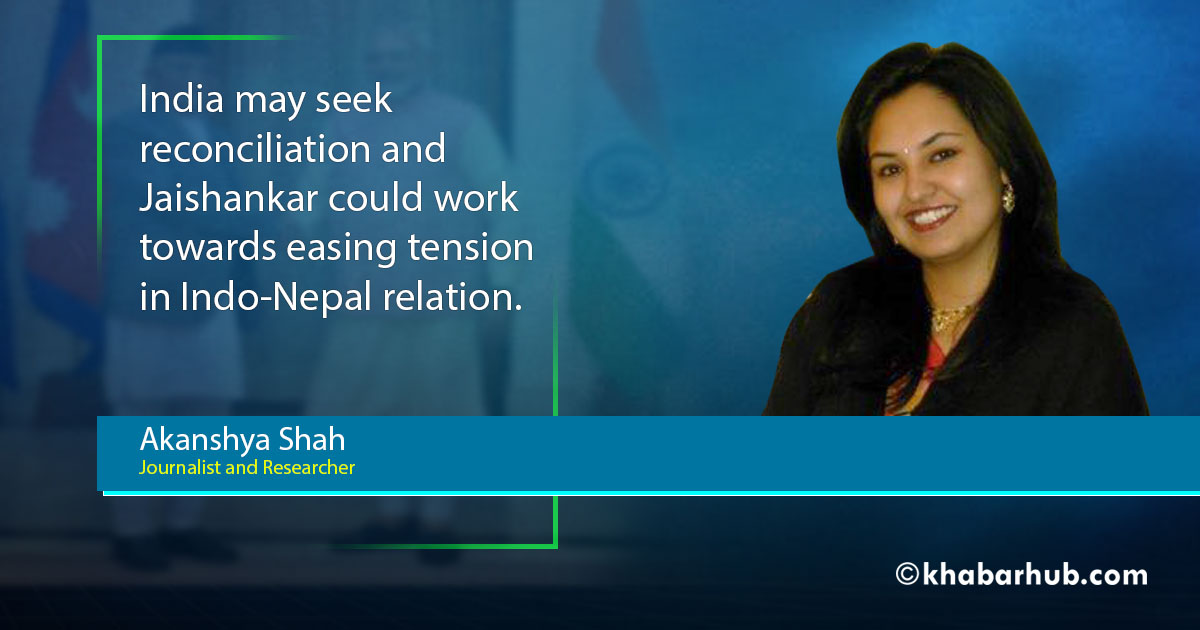
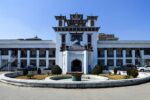
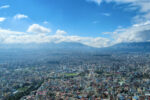
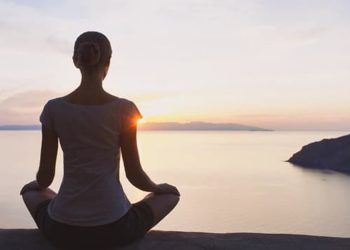
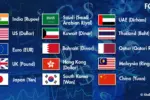


Comment